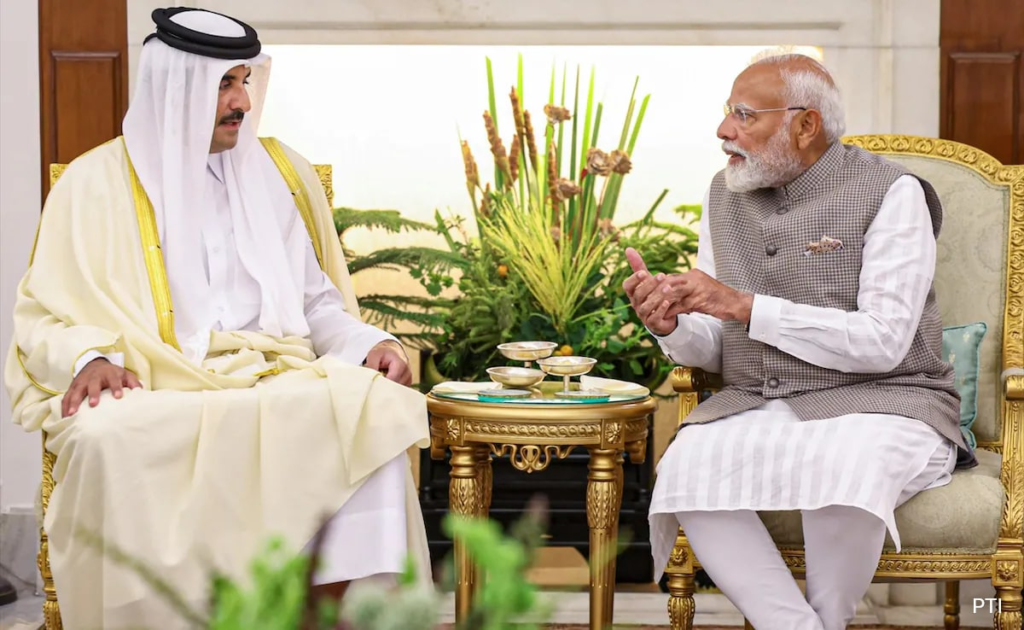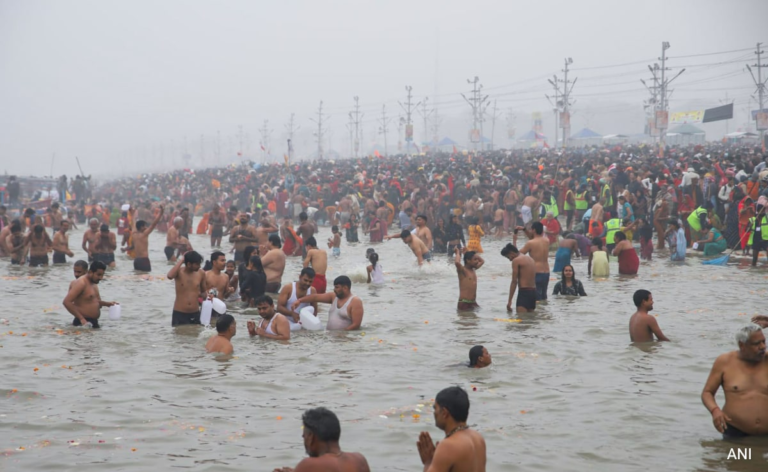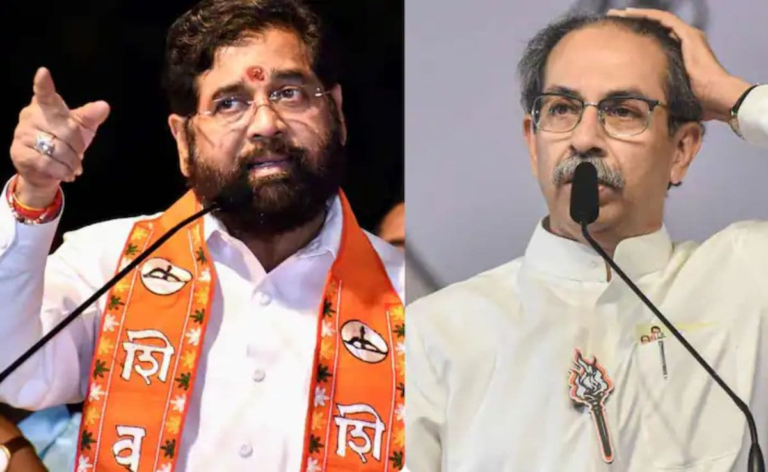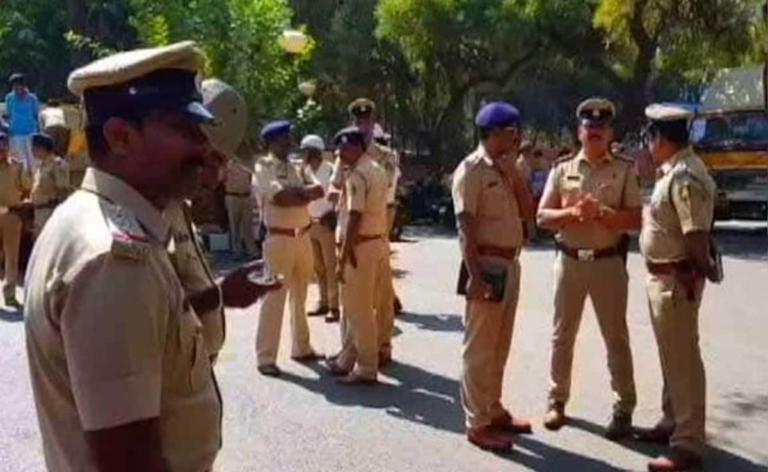
It can now be said that the visit of the Emir of Qatar, Sheikh Tamim Bin Hamad Al-Thani, to India this week was hugely successful. A long, strong partnership has got a new lease of life after the Sheikh’s last visit a decade ago. India and Qatar are both important to each other, and both sides have painstakingly synergised their strengths for a meaningful partnership. The importance of bilateral ties can be gauged from the fact that Prime Minister Narendra Modi broke protocol to personally receive the Emir on his arrival here. Bilateral relations had come under a cloud in the recent past, but they now seem happily rebooted.
Mutual Benefits
India, currently the world’s fifth-largest economy as well as the fastest growing one, is, according to International Monetary Fund’s (IMF) forecasts, slated to be the world’s third-largest economy in 2027. It is a labour powerhouse and a military power. On the other hand, Qatar, one of the world’s richest countries, is an energy powerhouse that has carved a unique niche for itself with its rather unusual foreign policy.
Qatar fulfils 45% of India’s LNG needs; it makes up about half of the total bilateral trade of $15 billion between the two countries and is a source of hefty remittances from Indian expatriate workers in the country. In turn, modern Qatar has been built on the back of Indian labour, who, while industrious, keep a low profile. The joint statement released during the Emir’s visit underscored that “the Qatari leadership expressed deep appreciation for the role and contribution made by the Indian community in Qatar for the progress and development of their host country, noting that Indian citizens in Qatar are highly respected for their peaceful and hard-working nature”. It added, “The Indian side conveyed deep appreciation to the leadership of Qatar for ensuring the welfare and well-being of this large and vibrant Indian community in Qatar.”
All About The Money
Trade, commerce, and energy are at the heart of current bilateral ties. Qatar’s sovereign wealth fund has $1.5 billion FDI in India, and the joint statement said that the Qatari side will invest $10 billion in the country. Both sides have also committed to double their trade to $28 billion over the next five years, and are exploring the possibility of signing a free trade agreement.
Therefore, the elevation of India-Qatar bilateral ties to a strategic partnership is quite logical, given that India enjoys such a partnership with other Gulf countries like Saudi Arabia and the UAE, too.
Middle East In Flux
This rebooting of relations comes at a pivotal moment in history, both internationally and in the region. The ever-volatile Middle East is seeing some major shifts and changes in the wake of the Hamas-Israel war that began in October 2023. While Hamas has almost been crushed—so has been Hezbollah, with Iran on the retreat from the Shia crescent—Israel has occupied a significant territory in Lebanon and Syria. The regime of Bashar Al Assad in Syria has fallen, and Russia has lost its strategic influence and bases in the country. Islamist forces are on the ascent and Qatar is playing a significant role in the region’s politics.
While Qatar hosts US and Turkish military bases on its territory, it has also housed Taliban and Hamas on its soil. Mediation has been a critical pillar of Qatar’s foreign policy. It helped facilitate negotiations between the US and Taliban, between different Palestinian factions, between Russia and Ukraine for the exchange of children, and even between India and the Taliban. After the 2023 Hamas attacks on Israel, the former came under immense international scrutiny. As a major stakeholder, Qatar helped mediate the Hamax-Israel ceasefire and hostage exchange, as well as the prisoner swap. At the same time, after being under pressure for years from Arab Gulf States for its support of Islamist groups in the region, Qatar now finds its protégé at the helm in Syria. As US President Donald Trump announced his “Riviera” plans for Gaza, the Arab world is in a tizzy to forge a solution to the Palestinian issue, where Qatar remains a major stakeholder. Against this backdrop a visit to India is of great significance.
Getting Over A Slump
Not too long back, Qatar’s bilateral ties with India in most areas like energy, trade and people to people contacts, had come under a cloud. This had mostly to do with the intra-Arab rift in the wake of the Arab Spring, where Qatar and other Gulf states, such as the UAE and Saudi Arabia, found themselves on opposite sides of the divide. Though India enjoys strong strategic partnerships with the UAE, Saudi Arabia and Bahrain, it maintained a neutral stand, even helping in airlifting goods and food supplies to Qatar when it came under a blockade.
More sinister was the arrest and conviction of eight Indian naval officers in Qatar on charges of espionage for Israel. It is widely believed that it was an arm twisting method used by Qatar to get India to sign a 20-year LNG deal. It wanted India to renew the existing contract, which expires in 2028. India pursued both the legal track as well as the diplomatic one, with several visits to the Gulf sheikhdom by NSA Ajit Doval and External Affairs Minister Dr. S. Jaishankar. Even PM Modi personally intervened with the Qatari Emir. Their release was the result of a royal pardon from the Emir. Simultaneously, India had also let the Qataris know that no contract extension would take place till the officers were released and India had alternatives to Qatari LNG.
Why Indian Market Matters
With oil and gas accounting for 70% of Qatar’s total revenue— it has the third-largest reserves of gas in the world— the Indian market is crucial for it. Moreover, according to the International Energy Agency, India will make up the biggest share of energy demand growth—nearly 25%—over the next two decades as it overtakes the European Union as the world’s third-biggest energy consumer by 2030. Imports of gas are also expected to increase as India seeks to make the transition to cleaner energy. No wonder the joint statement provided for both sides to work on further enhancing bilateral energy cooperation. The release of the navy men reflected these priorities, which have subsequently been bolstered first by the Prime Minister’s visit to Qatar last year in February, and then the visit of the Emir to India.
In a world going through an enormous churning, India’s ties with the Gulf Cooperation Council have been steady and also a source of stability in the South Asia-West Asia region. It cannot be different for India’s ties with Qatar.
(Aditi Bhaduri is a journalist and political analyst)
Disclaimer: These are the personal opinions of the author




